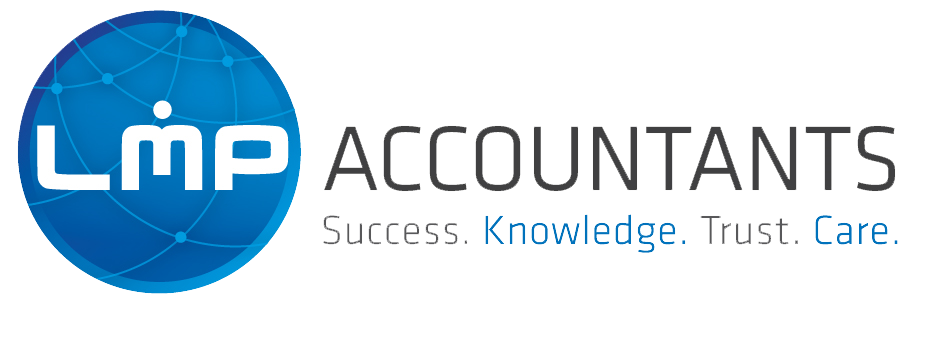Australians love property and the lure of a 15% preferential tax rate on income during the accumulation phase, and potentially no tax during retirement, is a strong incentive for many SMSF trustees to dream of large returns from property development. We look at the pros, cons, and problems that often occur.
The concessional tax rate on earnings from superannuation in the accumulation phase will remain at 15% up to $3m. From $3m onwards, the rate will increase to 30%. The amendment applies to future earnings; it is not retrospective.
We often get questions from clients about what they can and cannot do in their SMSF. Often the questions relate to related party transactions – that is, interactions between the SMSF, its assets, and its members (or relatives of members). We’ve set out some of the common questions and answers.
A new system alerting SMSF trustees of changes made to their SMSF will roll out this month.
The investment strategies of Self Managed Superannuation Funds (SMSFs) are under scrutiny with the Australian Taxation Office (ATO) contacting 17,700 trustees about a lack of asset diversity.
In general, taxpayers are able to deduct from their assessible income any expenses they incur generating or producing that income. An investment is negatively geared when the cost of owning the asset is more than the return. Negative gearing is not limited to property but can apply to other assets such as shares.
On 1 July 2018 Super concessions for downsizers come into effect. If you are over 65, have held your home for 10 years or more and are looking to sell, you can contribute a lump sum of up to $300,000 per person to superannuation without being restricted by the existing non-concessional contribution caps - $100,000 subject to your total superannuation balance - or age restrictions.
The wide ranging superannuation reforms originally announced in the 2016-17 Federal Budget have passed Parliament.
As the majority of the reforms start from 1 July 2017, it’s important to consider how these might impact on you and whether you need to take any action before then.
In the Federal budget handed down in May 2016, the government heralded significant changes to superannuation that will come into effect from 1 July 2017.
Although the government is still to finalise the exact details, it is a good idea to plan ahead, and to be aware of the major changes that will apply from next year.
The Australian Tax Office (ATO) has given small businesses some breathing space by extending the deadline for compliance with the new SuperSteam to October 28 this year.
SuperStream is a new initiative introduced by the Australian Taxation Office (ATO) designed to standardise processing of superannuation data and payments electronically, allowing the process of employers paying superannuation entitlements to employees more streamlined.
Given recent ups and downs in the share market, Self Managed Super Funds (SMSF's) have become a hot topic once again. SMSFs allow you to control your Super input and investments more than an Industry Super Fund would. However, it's important to know a little bit more about them before you decide to take the leap.












